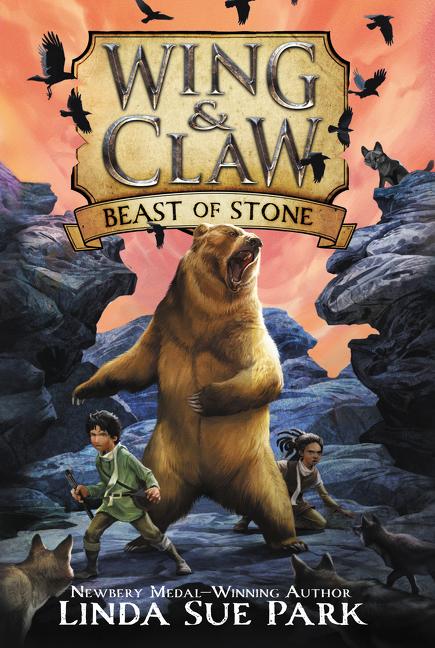A comparison and contrast of two similar middle grade books.
Last summer, N and I read two novels about Sudanese refugees.
One was A Long Walk to Water: A Novel Based on a True Story by Linda Sue Park. Although this was reviewed first, I actually read it second.
The other was The Red Pencil by Andrea Davis Pinkney, illustrated by Shane Evans. I read this one first and then traded with N, who had read Long Walk to Water first.

One book is a novel closely based on a true story, while the other is a wholly fiction novel in verse with illustrations. The main character of The Red Pencil is a girl who is displaced within Sudan, while A Long Walk to Water follows a boy who is displaced outside of Sudan.
The two characters face very different pressures within the same conflict. Both witness the traumatic deaths of family members. Both are survivors who try to hold on to hope and be a force for good in the world. Both suffer. Both lose their homes and most of their families and feel like they have lost their country. Amira finds her religion as a source of hope, while for Salva the idea of improving other people’s lives motivates him. Salva is forced to flee further and faster because for him the consequence is to be forcibly conscripted as a child soldier if not outright murdered. Amira is able to flee more slowly and keep some family and neighborhood connections because women and female children were aggressively pursued in a different manner, which is glossed over in this children’s book. Both characters are in danger of their lives, and both are surprised when the violence suddenly erupts in their hometowns.
Both of these books are written by marginalized authors, but neither are written by a Sudanese refugee. One of these is written by a Korean-American, closely referring to the true story of one Sudanese refugee and American immigrant. The other is written and illustrated by African-Americans.

Which do I recommend? Well that depends. By reading both of these within a close time period, I felt like we got a decent overview of Sudanese refugees from two different viewpoints. Together, they gave us a broader viewpoint than we would have gotten with only one. However, we didn’t find a middle grade nonfiction text, which I would have liked to supplement these books.
The Red Pencil is better suited to younger readers, because while it does contain suspense and incredibly sad and awful events, the narrator is “safe” (we know she survives to write the story) and the violence is comparatively downplayed. I probably wouldn’t use it in the classroom with students below fourth grade, but it could be appropriate for individual children who are younger. This book could be read up into middle school, and probably even high school.
However, I didn’t enjoy the poetry and the illustrations didn’t balance that out. It doesn’t seem to translate well into adult reading (as, for example, A Time to Dance or When the Mountain Meets the Moon do).
A Long Walk to Water works as an adult read, but it is very suspenseful and includes more graphic violence. I’d use it with middle and high school students but would be cautious about using it with younger students. Both books are appropriate for middle school students, and a comparison between the two could make for an interesting class discussion.
Generally speaking, both books were interesting, although I preferred A Long Walk to Water. N enjoyed both books, although I find it telling that she stopped in the middle of The Red Pencil and put it down for an extended period of time.
Any books about Sudan or refugees that you recommend?





